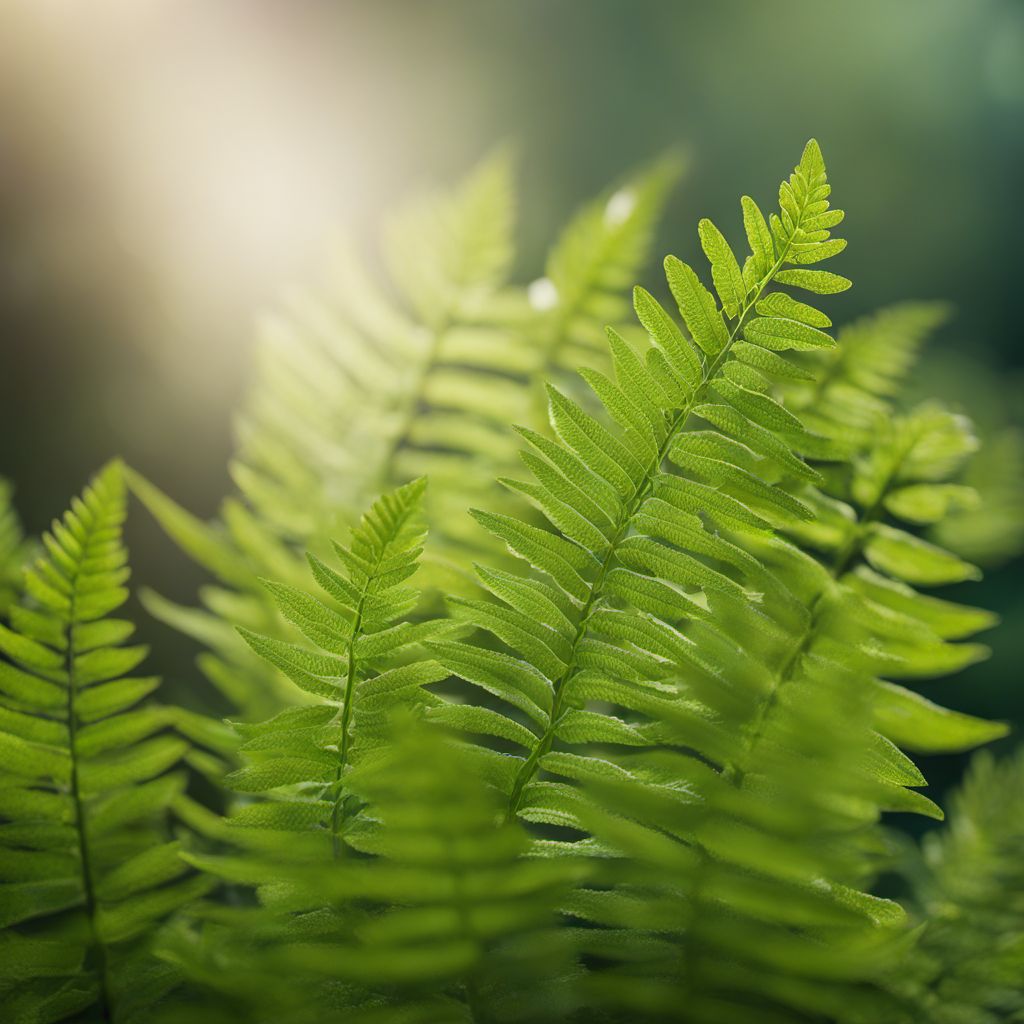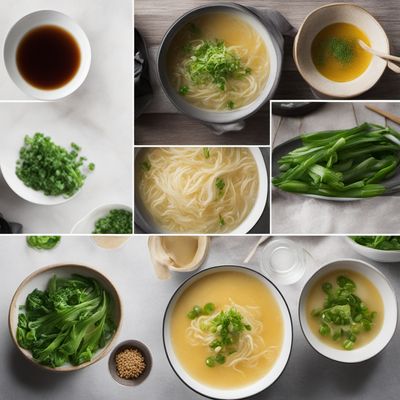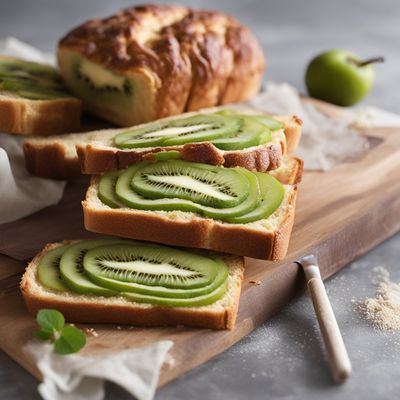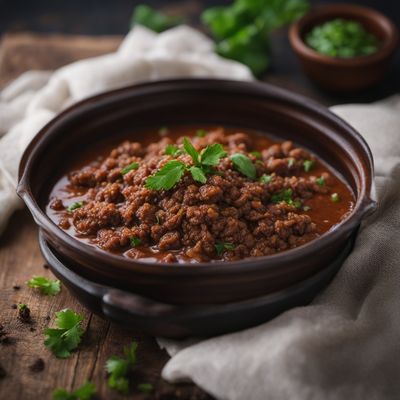
Ingredient
Bracken
The Versatile Fern: Bracken
Bracken is a fern with long, triangular fronds and a unique flavor. It has a slightly bitter taste and a tender, crunchy texture. Its vibrant green color adds visual appeal to dishes, making it a favorite among chefs and home cooks alike.
Origins and history
Bracken has a long history of culinary use, particularly in Asian cuisines such as Japanese, Korean, and Chinese. It has been consumed for centuries and is often foraged in the wild. In Japan, bracken is a traditional ingredient used in various dishes, including tempura and pickles. In Korea, it is commonly used in side dishes and soups. Bracken is also known for its medicinal properties and has been used in traditional medicine for its diuretic and anti-inflammatory effects.
Nutritional information
Bracken is low in calories and a good source of dietary fiber, vitamins A and C, and minerals such as potassium and manganese. It also contains antioxidants that help protect against oxidative stress.
Allergens
There have been reports of allergic reactions to bracken, particularly in individuals with sensitivities to ferns or other plants in the same family. It is advisable to exercise caution and consult a healthcare professional if you have any concerns or known allergies.
How to select
When selecting bracken, look for fresh, vibrant green fronds that are free from blemishes or discoloration. Avoid any wilted or yellowing leaves, as they indicate age or poor quality. If purchasing bracken from a grocery store or supermarket, choose tightly packed bundles with crisp fronds.
Storage recommendations
To store bracken, wrap it loosely in a damp paper towel and place it in a plastic bag. Store it in the refrigerator for up to a week. Alternatively, blanch the bracken in boiling water for a few minutes, then freeze it in airtight containers or freezer bags for long-term storage.
How to produce
Bracken can be grown in a garden or harvested from the wild. To grow bracken, provide a shady spot with well-drained soil. It can be propagated from spores or rhizomes. However, it is important to note that bracken can be invasive and may require containment to prevent it from spreading uncontrollably.
Preparation tips
Bracken can be prepared in various ways, depending on the culinary tradition. In Japan, it is often blanched and used in salads, stir-fries, or tempura. In Korea, it is commonly used in side dishes, soups, or as a filling for savory pancakes. Bracken can also be pickled or dried for later use. Before cooking, it is important to remove the outer layer of the fronds, as it can be tough and fibrous.
Culinary uses
Bracken is commonly used in Asian cuisines, particularly in Japan and Korea. It is used in a variety of dishes, including salads, stir-fries, soups, and pickles. Its unique flavor and texture make it a versatile ingredient that adds depth and visual appeal to many recipes.
Availability
Japan, Korea, China
More ingredients from this category
Recipes using Bracken » Browse all

Baden-style Savory Pastry
Savory Delights from Baden: A Twist on Lukhmi

Rocky Mountain Stuffed Zucchini Blossoms
Mountain Harvest Stuffed Zucchini Blossoms

Jelly Slice Delight
Rainbow Delight: A Vibrant Twist on Jelly Slice

Homestyle Egg Drop Soup
Silky Smooth Egg Drop Soup: A Comforting Chinese Classic

Bánh ít trần - Steamed Sticky Rice Dumplings
Delicate Delights: Steamed Sticky Rice Dumplings

Kiwi Bread with a Chicago Twist
Chicago Kiwi Bread: A Fusion of New Zealand and Windy City Flavors

Cacholeira Branca de Portalegre
Portuguese White Bean Stew with Smoked Pork

Pagnotta del Dittaino - Traditional Italian Bread Recipe
Rustic Delight: Homemade Pagnotta Bread Recipe

Ogu Ruloung with Spicy Peanut Sauce
Savory Chinese Pork Rolls with a Spicy Peanut Twist

Tatar Khychin Recipe
Savory Tatar Delight: Khychin - A Flaky Stuffed Flatbread

Baltimore-style Old Bay Focaccia
Chesapeake Bay Focaccia: A Taste of Baltimore's Seafood Delights

Aushak - Afghan Dumplings with Yogurt and Tomato Sauce
Savor the Delight: Afghan Aushak - Heavenly Dumplings in Tangy Tomato Sauce
